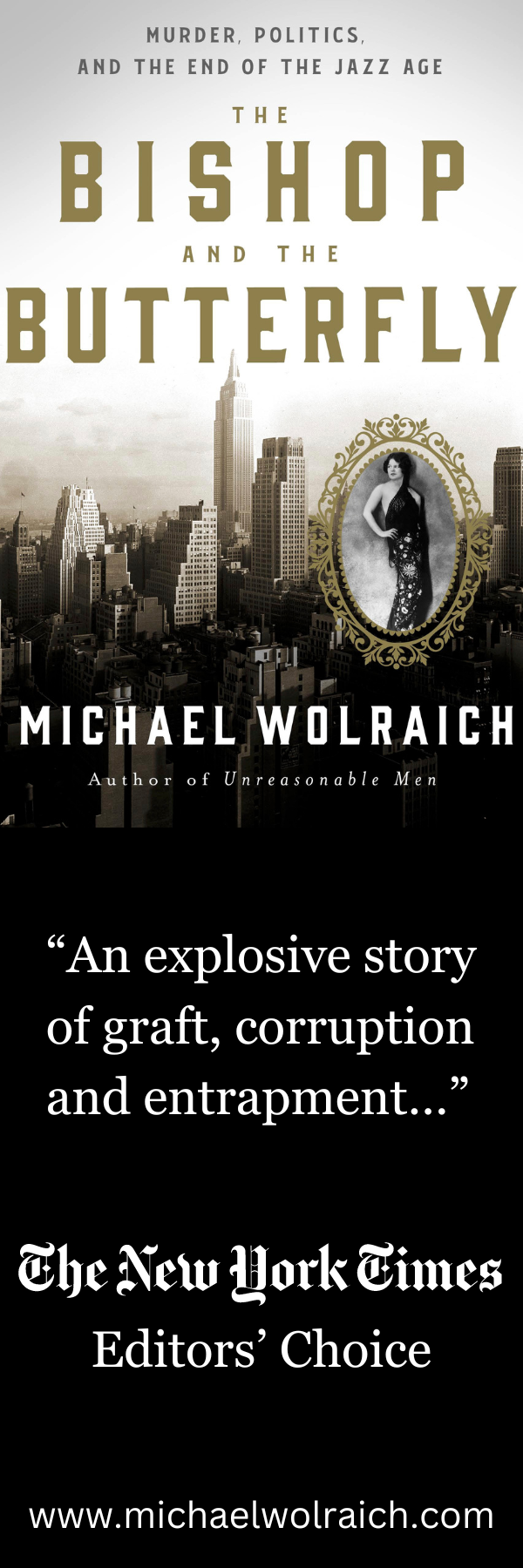The United States is the country with the highest rate of civilian gun ownership in the world. (The second highest is Yemen, where the rate is nevertheless only half that of the U.S.) No civilian population is more powerfully armed. Most Americans do not, however, own guns, because three-quarters of people with guns own two or more. According to the General Social Survey, conducted by the National Policy Opinion Center at the University of Chicago, the prevalence of gun ownership has declined steadily in the past few decades. In 1973, there were guns in roughly one in two households in the United States; in 2010, one in three. In 1980, nearly one in three Americans owned a gun; in 2010, that figure had dropped to one in five.
Men are far more likely to own guns than women are, but the rate of gun ownership among men fell from one in two in 1980 to one in three in 2010, while, in that same stretch of time, the rate among women remained one in ten. What may have held that rate steady in an age of decline was the aggressive marketing of handguns to women for self-defense, which is how a great many guns are marketed. Gun ownership is higher among whites than among blacks, higher in the country than in the city, and higher among older people than among younger people. One reason that gun ownership is declining, nationwide, might be that high-school shooting clubs and rifle ranges at summer camps are no longer common.
Although rates of gun ownership, like rates of violent crime, are falling, the power of the gun lobby is not. Since 1980, forty-four states have passed some form of law that allows gun owners to carry concealed weapons outside their homes for personal protection. (Five additional states had these laws before 1980. Illinois is the sole holdout.) A federal ban on the possession, transfer, or manufacture of semiautomatic assault weapons, passed in 1994, was allowed to expire in 2004. In 2005, Florida passed the Stand Your Ground law, an extension of the so-called castle doctrine, exonerating from prosecution citizens who use deadly force when confronted by an assailant, even if they could have retreated safely; Stand Your Ground laws expand that protection outside the home to any place that an individual “has a right to be.” Twenty-four states have passed similar laws.
MURDER, POLITICS, AND THE END OF THE JAZZ AGE
by Michael Wolraich
Order today at Barnes & Noble / Amazon / Books-A-Million / Bookshop



